Black Canadian Climber Sabrina Chapman on Why Womxn of Color Should Take Up Space in the Outdoors
Do you remember hearing about black women climbing El Capitan or ascending Mt. Everest when you were growing up? Yeah, we don’t either. It’s not that black women weren’t doing those things; it’s just that no one was writing about them.
Here’s what we missed: In 2001, African-American climber Chelsea Griffie ascended El Capitan, followed by Brown Girls Climbing coach Emily Taylor in 2003. And Sophia Danenberg stood on the summit of Mt. Everest in the early morning hours of May 19, 2006. But their accomplishments went largely unnoticed and unreported. Until recently, stories about black female climbers simply weren’t being told.
Over a decade later, we’re excited to share the story of another woman of color who is poised to make her mark in the climbing world.
Her name is Sabrina Chapman.
She is one of just a handful of black women in the world who are attempting elite grades, and yet, you’ve probably never heard of her!
[Melanin Base Camp is partnering with Beast Fingers Climbing to produce a short film about Sabrina and we need your help. To learn more, check out our Kickstarter campaign]
Sabrina regularly sends 5.13a/b and her current project, Titan, is a 5.14a—the threshold for the highest level of climbing, regardless of gender. By “climbing hard, pushing limits and taking up space outside” she hopes to set an example for women—especially women of color who may not see themselves represented in the outdoors.
While her family is originally from Mauritius in the Indian Ocean, Sabrina and her brothers were raised in the working class town of Hamilton, Ontario. Growing up, there was very little money for sports, so she ran track instead. Sabrina started working when she was 15, moved out and put her herself through college at 18.
She didn’t even start climbing until she was 26-years-old—a rarity in a sport where children as young as five compete in youth leagues. That’s a 21 year difference! Her story is proof that you can start late, take a non traditional path and still pursue your passion.
Initially, Sabrina was drawn to rock climbing because it allowed her to push her limits physically and mentally. There was something about the mind body connection that always fascinated her. It wasn’t enough to be mentally strong or physically fit—to achieve peak performance your mind and body have to work together.
Sabrina is a sport, or route climber based in Toronto, although in any given year she works on climbing projects throughout the U.S. and Canada. There are few women sport climbers in her local climbing community and fewer climbing at her level. None look like her.
Looking different from everyone else has practical implications.
Climbers usually share beta, or information on how to ascend a climbing route. That information can vary according to body type, height and preferred climbing style. Most of the beta available locally simply doesn’t work for Sabrina who is a petite 5’4” and usually the lone woman climber out at the crag.
So Sabrina grew accustomed to working out her own sequences for difficult routes. “The downside to this is that I sometimes take a lot longer to unlock a crux [most challenging part of the climb] which can be really frustrating,” Sabrina explains. The reward is that “I’m not locked into doing things someone else’s way.” She also feels a deep sense of connection when she finally sends, or completes a climbing project “because it’s like I’ve learned a special little language all my own.”
Size isn’t the only thing that matters out on the rock. Sabrina is a petite woman with dark brown skin whereas her partner, Ryan, is white, male and 6’2”. They often travel and climb together. When they travel to a new area to climb, strangers commonly mistake her partner for her guiding instructor. Sometimes people will even ask outright. Sabrina frequently encounters strangers who assume that “my partner gives me all my beta, puts up draws and ticks holds for me.”
Like many people who don’t fit the conventional image of what a climber is supposed to look like, Chapman is often asked in subtle or overt ways to prove her competence or justify her presence—not just once, but over and over again. Lately, she does neither.
That doesn’t mean she doesn’t enjoy the look of surprise on the faces of total strangers when she quickly sends a project. It doesn’t make the backhanded compliments, such as “I’ve never seen a black girl climb so hard,” any less irritating. The difference is that Sabrina no longer feels like she has to prove anything. She prefers to let her climbing speak for itself.

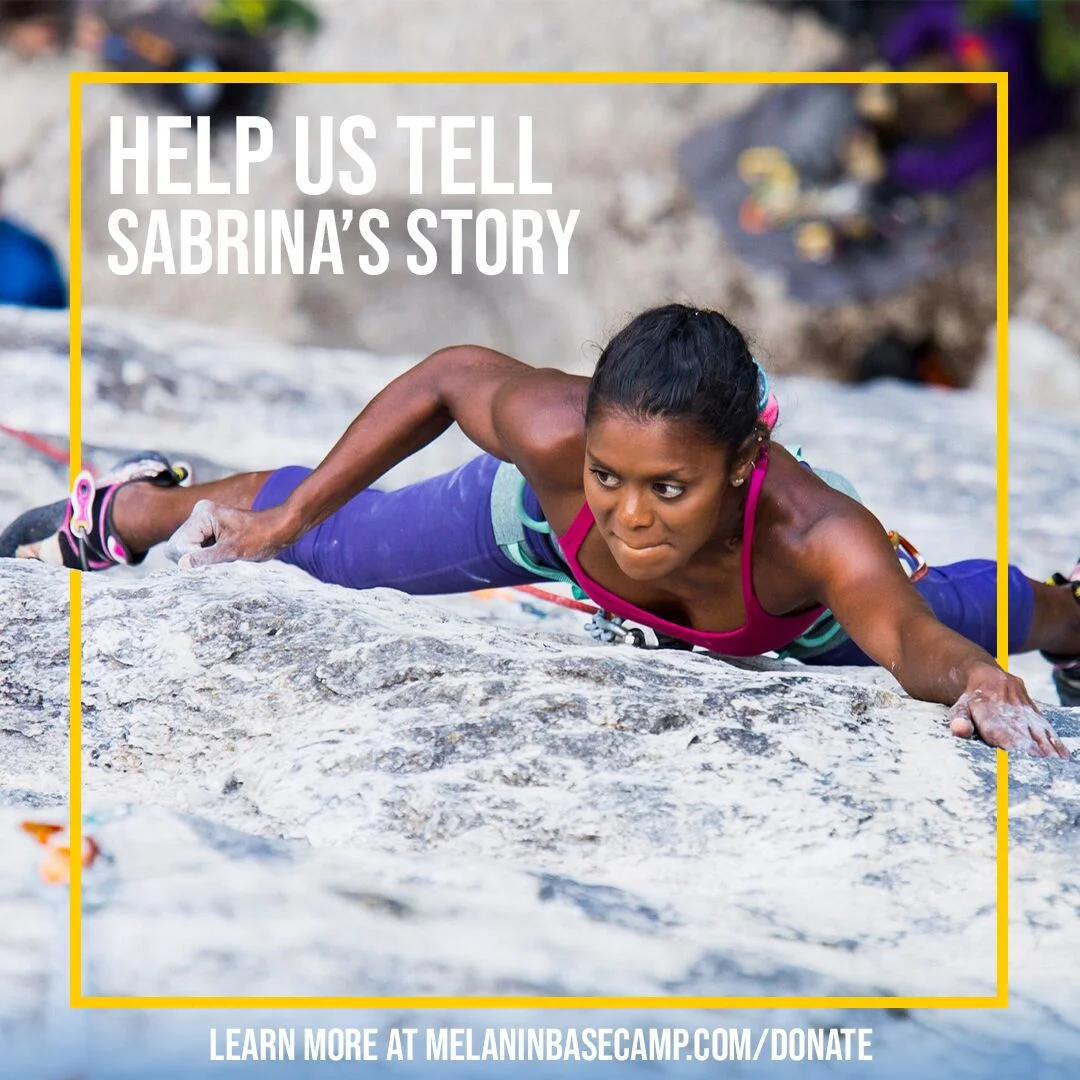

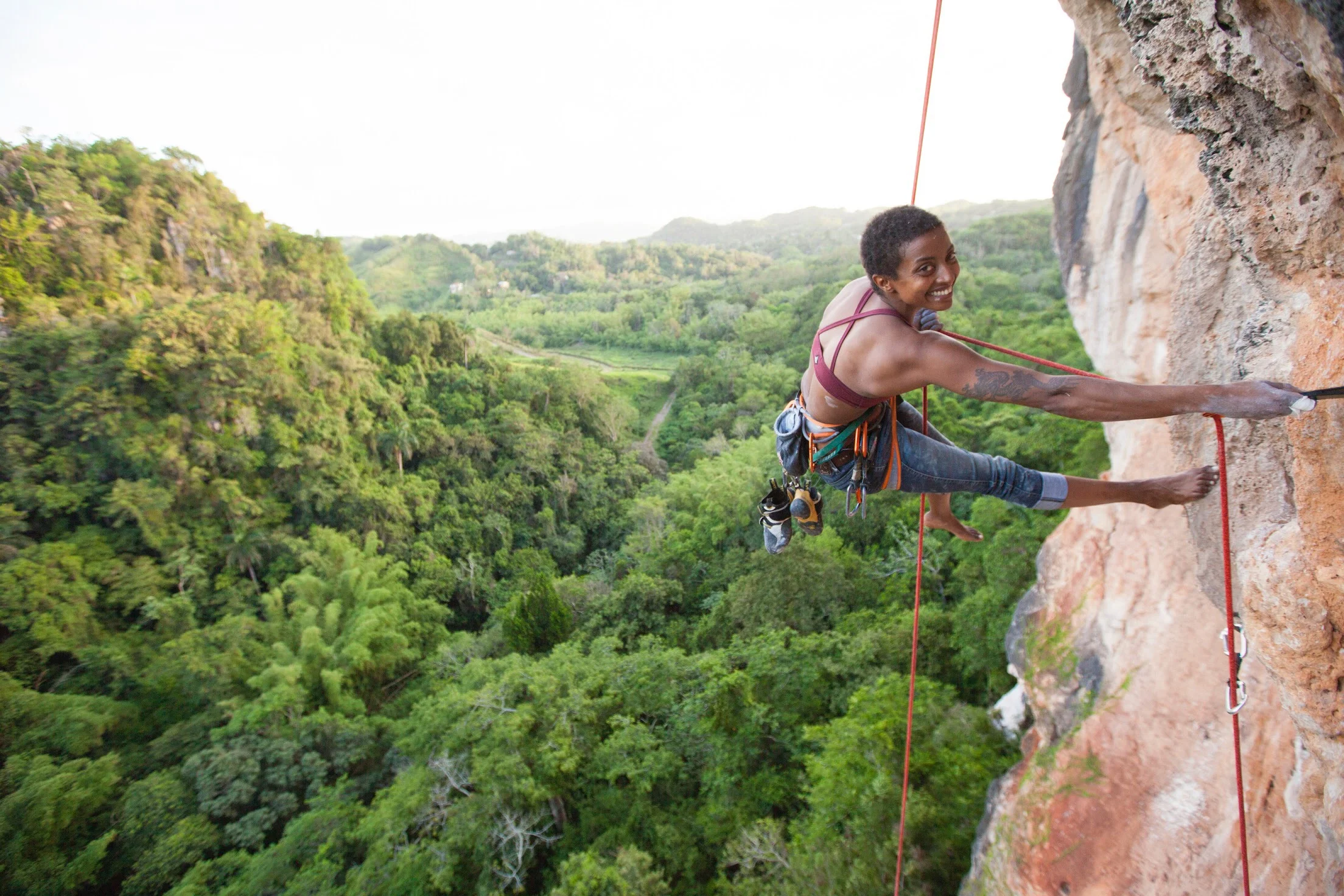

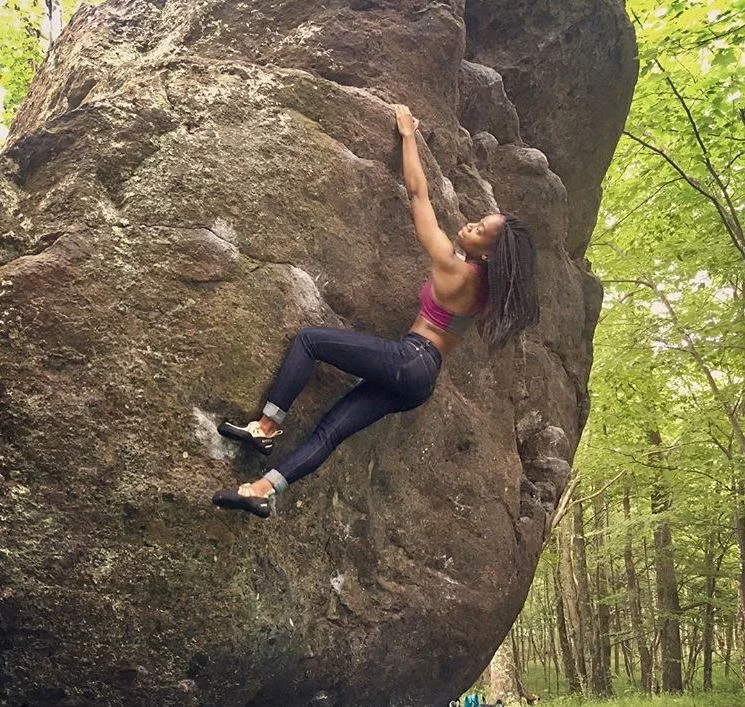






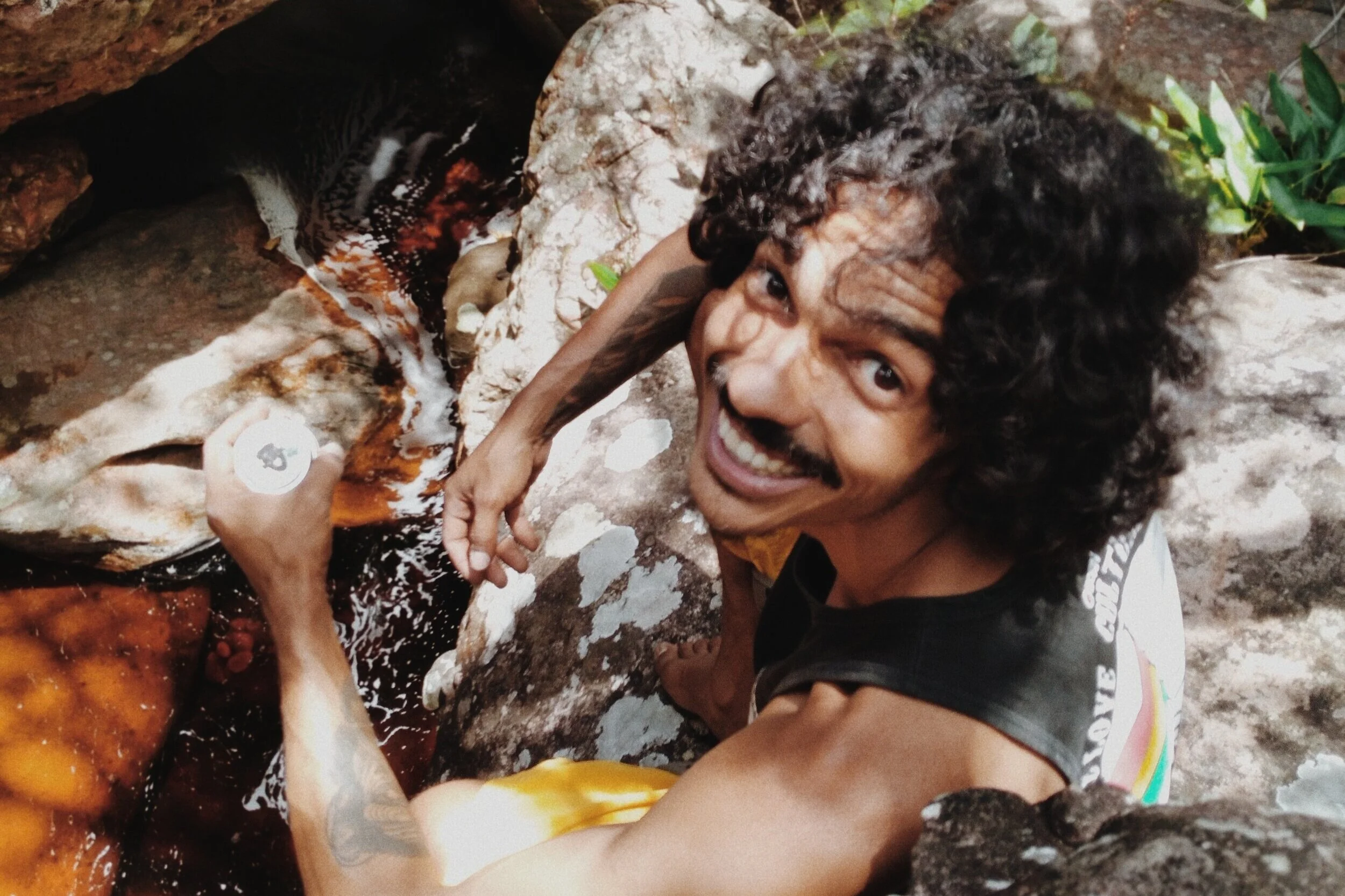





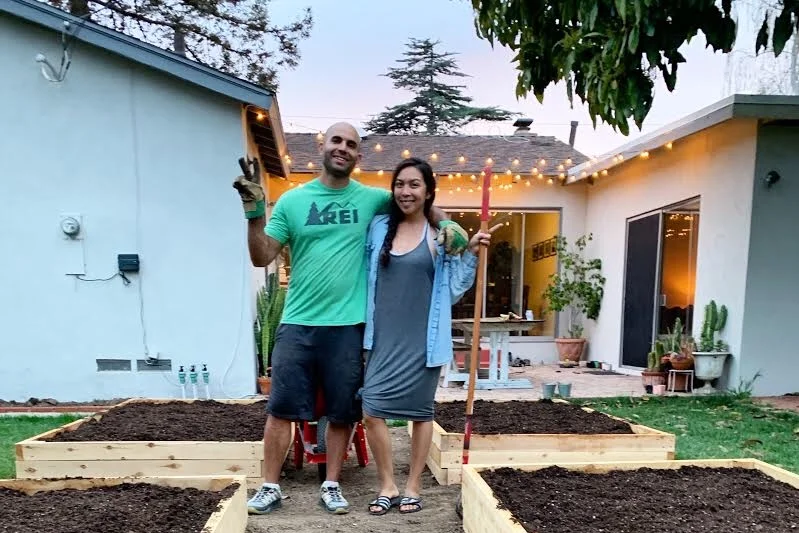

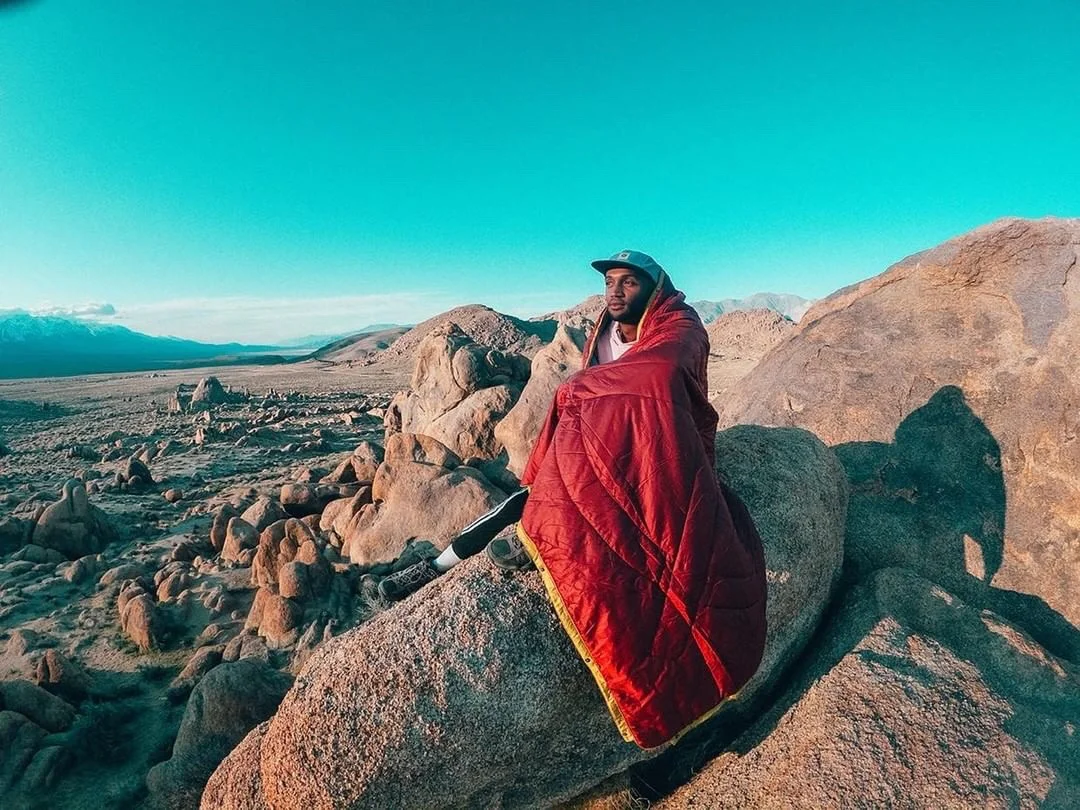

Want to diversify your Instagram feed? We can help! Check out our list of 16 Black Women & Non-Binary Climbers to Follow on Instagram!